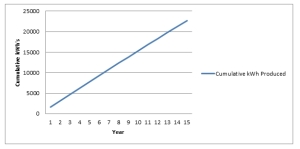I am starting to feel the ‘cooking with gas is bad for health’ meme that has taken hold in the last year or two is a very good example of the good guys behaving like the bad guys. Some feel the definitely sufficient arguments that electricity is cheaper than gas and that gas use needs to stop for climate change are insufficient, and thus need to appeal to more immediate fears (Won’t you think of the children!) and dress fear mongering up as science.
How are they doing bad guy things? By taking disparate evidence and spinning it in a way that suits their argument, ignoring where there are flaws or weak evidence. Go into any one of the recent pieces on the dangers of gas top cooking and actually follow the chain down to the primary references cited in them and you find that they are all very simple experiments conducted by individual scientists and all of them decades ago (1980’s 1990’s). There has been no systematic measurement of the effects of gas combustion in cooking on health whatsoever. Any evidence is meta studies which I somehow suspect haven’t set out to prove the opposite.
I am certainly not going to rule out that there is possibly meaningful impacts on health from gas cooktop cooking, but there isn’t any compelling evidence that there is. I would be flabbergasted to discover that the rate of complex organic molecule production and particulates from gas combustion was even an order magnitude in range of what comes off your actual food when you cook on a cooktop irrespective of whether its gas or electric. Something I can see myself on my household air quality monitor every time I cook a stir fry on my induction cooktop even with the exactor fan on maximum.
(Disclaimer. I have an all-electric household by design and have no skin in the gas game. As above I firmly believe it use should stop as a soon as is reasonably practical. Just not because its allegedly giving people asthma).

